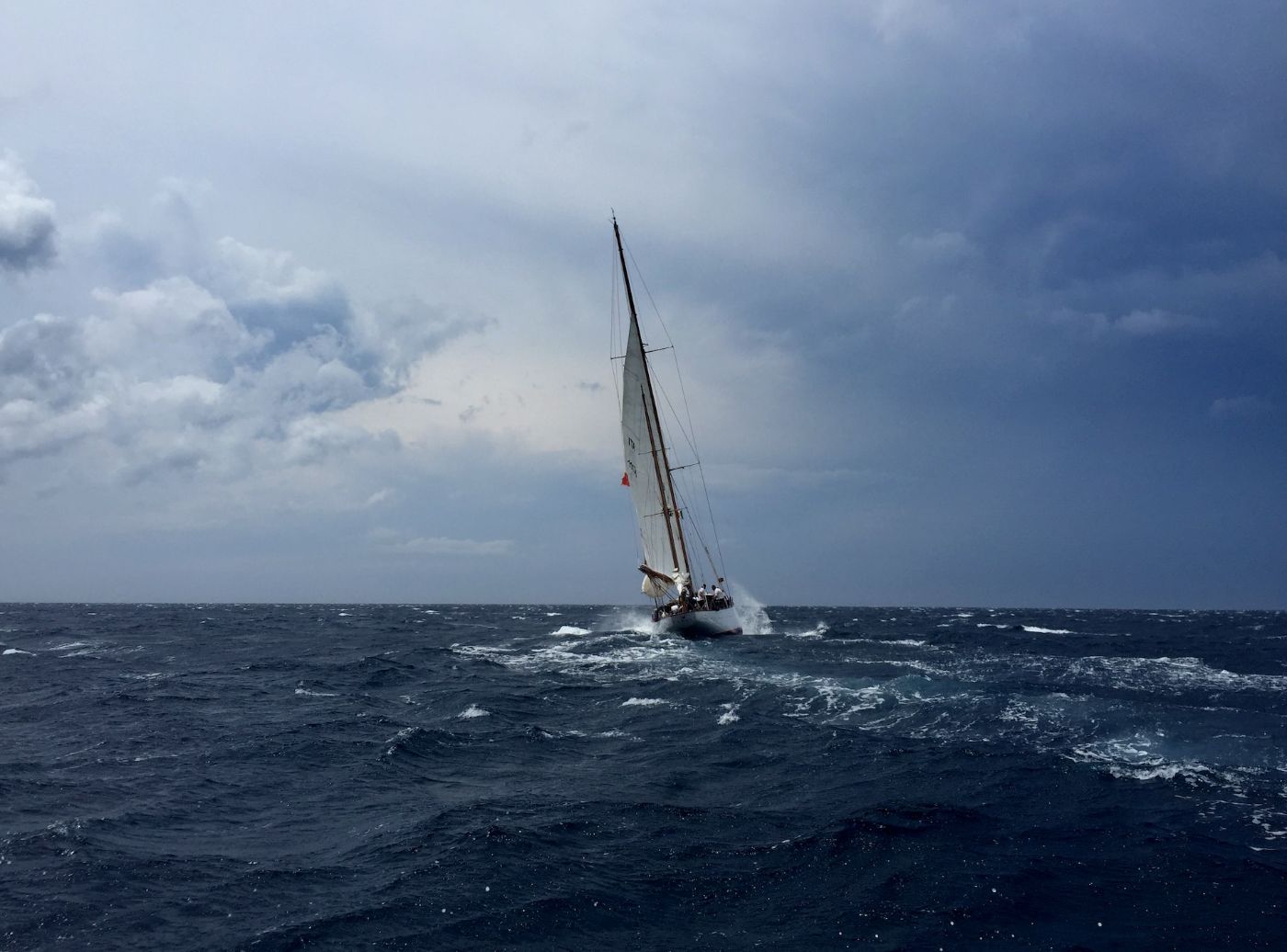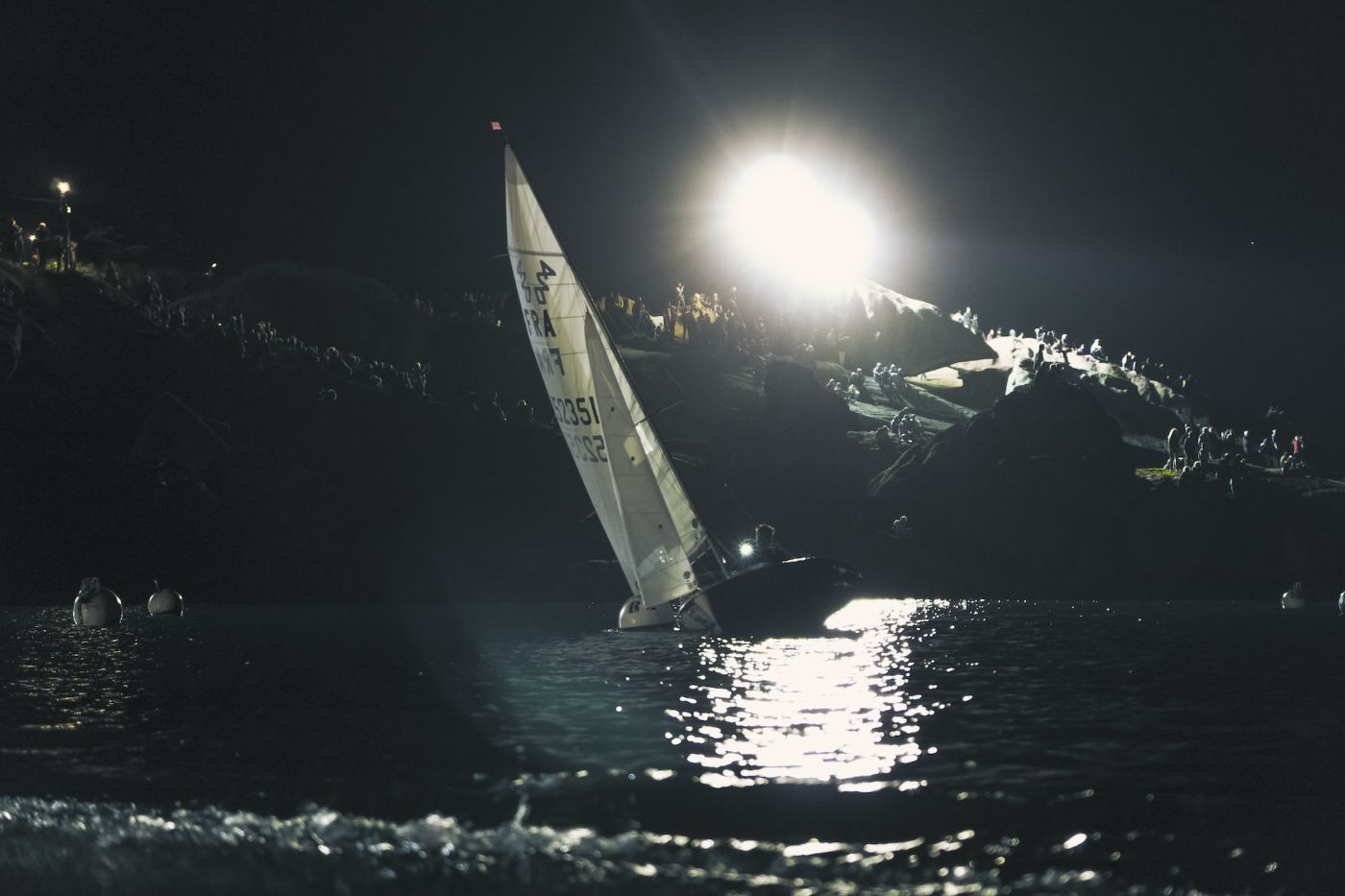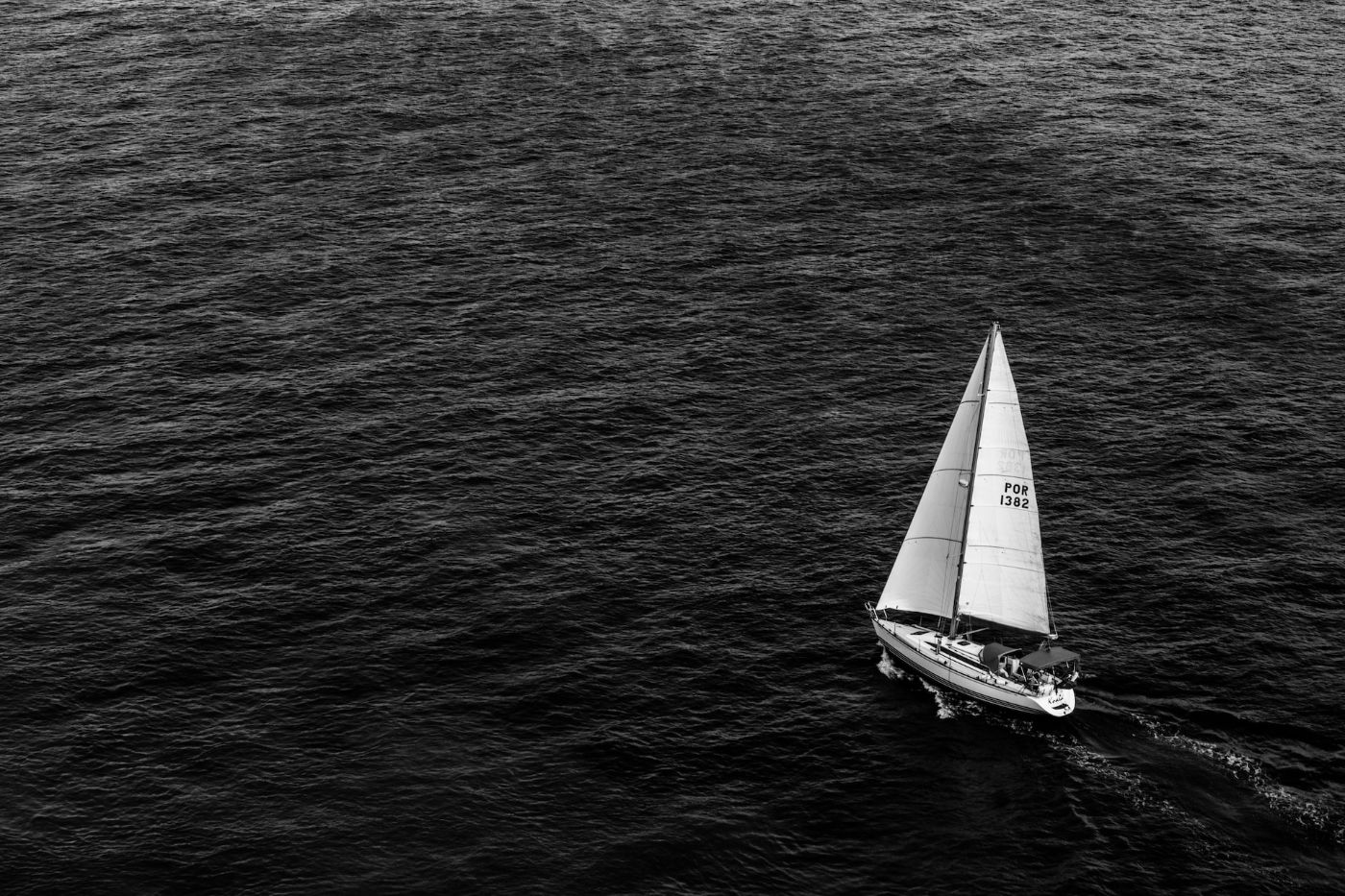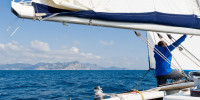Can You Sail With Just the Main Sail?
The main sail is the largest sail on a sailboat, while the jib is the triangular sail located forward of the main sail. While it's common to sail with both of these sails, there are situations where sailing with just the main sail is needed. If you're wondering if this is safe and possible, we'll explore the ins and outs of sailing with just the main sail, and provide some tips and tricks on how you can do this.
It is possible to sail with just the mainsail; in fact, it is a common practice among sailors. It makes the boat easier to handle, especially if you are sailing alone, and it can be safer in some circumstances. If the wind is too strong, using only the mainsail can reduce the risk of capsizing.
However, using only the mainsail can also reduce your speed, and it may not be as effective in certain wind conditions. Let's look at a more in-depth discussion of the pros and cons of sailing with just the mainsail.
Summary
- Sailing with just the mainsail can give you greater control over the boat, which is helpful when sailing in high winds or choppy waters.
- Sailing with just the mainsail can limit your maneuverability, so you may need to make wider turns or take more time to adjust the sail.
- To properly trim the mainsail, you need to adjust the sail's angle and tension to match the wind conditions.
- When sailing downwind or broad-reaching with just the mainsail, be careful not to let the sail swing across the boat in a sudden, uncontrolled motion (called a jibe).
- A well-designed and well-rigged boat can make sailing with the main sail alone easier and more efficient.

On this page:
Sailing With Just The Mainsail
If you're wondering if you can sail with just the mainsail, the answer is yes, you can! However, there are some things you might want to consider before setting out with just the mainsail:
Pros and cons of sailing with just the mainsail
Below is a table summarizing the pros and cons of sailing with just the mainsail:
| Pros | Cons |
|---|---|
| - Greater control in high winds or choppy waters | - Limited maneuverability when tacking or jibing |
| - Can still move at a decent pace | - Highly dependent on wind conditions |
| - Achieve better balance in the boat | - Lose some pointing ability when sailing upwind or close-hauled |
| - Good way to practice handling skills |
Pros of sailing with just the mainsail
The following are several advantages of sailing with just the mainsail:
- Control: Sailing with just the mainsail can give you greater control over the boat, as you only have one sail to manage. This can be especially helpful when sailing in high winds or choppy waters.
- Speed: While you may not be able to reach top speeds with just the mainsail, you can still move along at a decent pace. And since you have greater control, you may be able to sail more efficiently and cover more ground.
- Balance: With just the mainsail, you can often achieve a better balance in the boat, as there is less sail area to worry about. This can make for a smoother, more comfortable sailing experience.
- Handling: Sailing with just the mainsail can be a good way to practice your handling skills, as you'll need to pay closer attention to the sail and make adjustments as needed.

Cons of sailing with just the mainsail
- Maneuverability: Sailing with just the mainsail can limit your maneuverability, especially when tacking or jibing. You may need to make wider turns or take more time to adjust the sail.
- Wind dependence: Sailing with just the mainsail is highly dependent on wind conditions. In light winds, having additional sails can help generate more power and keep the boat moving.
- Pointing ability: When sailing upwind or close-hauled with just a mainsail, you may lose some pointing ability without a headsail. You'll need to keep a closer eye on your course to make sure you're heading in the right direction.
The mainsail is the largest sail on a sailboat, and it is located near the stern or back of the boat. It is the most important sail because it provides the primary source of propulsion and helps steer the boat. You can learn about the different mainsail designs in this article.
Using only the mainsail is a common practice among sailors, and it can be done on any sailboat. It can make the boat easier to handle, especially if you are sailing alone, and it can be safer in some circumstances. For example, if the wind is too strong, using only the mainsail can reduce the risk of capsizing or losing control of the boat.
However, using only the mainsail will reduce your speed, and it may not be as effective in certain wind conditions. If you need to increase your speed or maneuverability, you may need to use additional sails, such as the jib or spinnaker.
If you decide to sail alone and use only the main sail, here are 5 pro tips on how to raise the main sail single-handedly.
How To Sail Efficiently With The Main Sail Alone

If you decide to sail with just the mainsail, here are some techniques and tips to keep in mind:
Trim the sail
You might want to make sure the mainsail is trimmed properly for the wind conditions. You may also need to adjust the sail as the wind changes.
To properly trim the mainsail, adjust the sail's angle and tension to match the wind conditions. If the wind is light, you may need to ease the sail to catch more wind.
If you need a full guide on how to trim sails, here's an article you might find useful.
If the wind is strong, you may need to tighten the sail to reduce its surface area and prevent overpowering. Watch the sail's shape and adjust the lines (such as the mainsheet and boom vang) as needed to achieve a smooth, efficient sail shape.
Watch your course
Without a headsail, your boat may not be able to point as high into the wind. Try to keep a close eye on your compass or other navigational aids to ensure you're heading in the right direction. You may need to sail a slightly lower course than you would with a headsail to maintain your speed and balance.
Be prepared to tack
When tacking with just the mainsail, you may need to make wider turns than you would with a headsail. This is because the mainsail alone may not provide enough power to maintain your speed through a tight turn.

To tack, turn the boat's bow through the wind and let the mainsail luff (flap) briefly before trimming it on the new side. Prepare to adjust the sail's angle and tension as needed to maintain your course and speed.
Avoid accidental jibes
When sailing upwind with just the mainsail, you need to keep the sail centered to maintain balance and prevent excessive heeling. In contrast, when sailing downwind with just the mainsail, you need to be careful not to sail too deep. Sailing too deep can cause the sail to lose its shape, reducing its effectiveness.
To get a better understanding of this, here are 7 simple tips on how to sail into the wind.
Also, when sailing downwind or broad-reaching with just the mainsail, be careful not to let the sail swing across the boat in a sudden, uncontrolled motion (called a jibe).
This can be dangerous and cause damage to the boat or crew. To avoid jibing, keep the sail at a safe angle to the wind by adjusting the sail's angle and tension. If the wind shifts suddenly, be prepared to adjust the sail quickly to avoid a jibe.
Factors That Affect Sailing With The Main Sail
Sailing with the main sail alone can be affected by several factors, including wind speed and direction, sea conditions, boat design, and rigging.
Wind speed and direction can affect sailing with the main sail
The main sail relies on the wind to generate lift and propel the boat forward. The speed and direction of the wind affect the amount of lift and power that the sail can generate, as well as the boat's speed and direction.
Sailing with the main sail alone can be challenging in strong winds or gusty conditions, as the boat may become overpowered or unstable. On the other hand, light winds or shifting winds can make it difficult to maintain speed and direction.

Sea conditions can also affect sailing with the main sail
Waves can cause the boat to pitch and roll, which can affect the sail's performance and stability. Strong currents or tides can affect the boat's speed and direction and may require the sailor to adjust the sail's position or angle to compensate.
If the waves are very high, the sail may need to be reefed (or reduced in size) to prevent the boat from being overpowered and potentially capsizing. In addition, rough seas can make it more difficult for the sailor to maintain their balance and can lead to discomfort or even injury if they are not properly equipped with safety gear such as life jackets or harnesses.
The design and rigging of the boat can also influence sailing with the main sail
The size and shape of the sail determine the amount of power that the sail can generate and how well it can be adjusted to changing wind conditions. A larger sail will generally create more power, but may also be more difficult to control in strong winds. The shape of the sail can also impact its efficiency, with a well-designed sail generating more lift and less drag.
The location and angle of the mast also affect the sail's position and the amount of wind that it can capture. The mast needs to be positioned in a way that allows the sail to be adjusted to different wind angles, while also maintaining stability and balance for the boat.
The rigging, which includes the ropes, lines, and hardware used to control the sail, also needs to be properly tensioned and adjusted to ensure that the sail can be controlled effectively and that the sailor can respond quickly to changes in wind conditions. Learn about sail rig types here.
A well-designed and well-rigged boat can make sailing with the main sail alone easier and more efficient, while a poorly designed or poorly rigged boat can make it more challenging and less effective.
Did you find the answer to your specific question?
👍 0 👎 0




Leave a comment